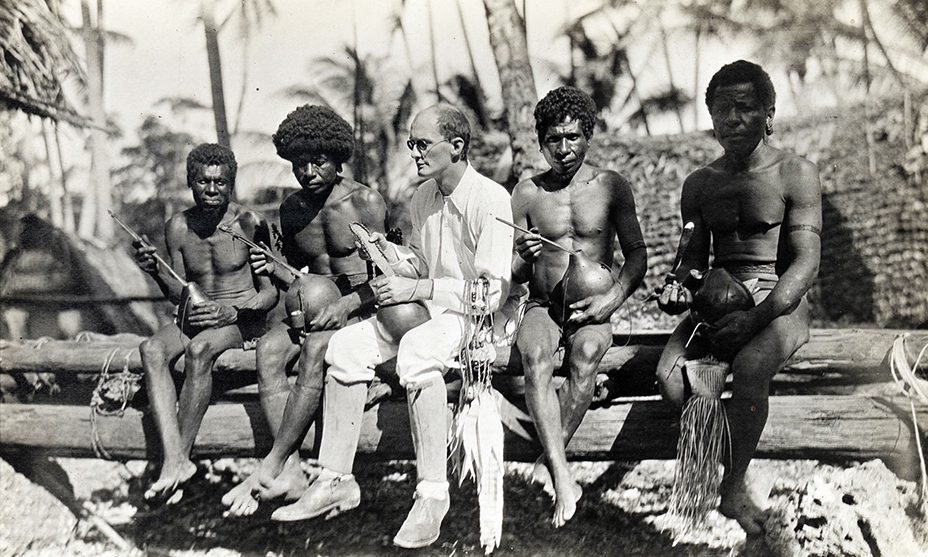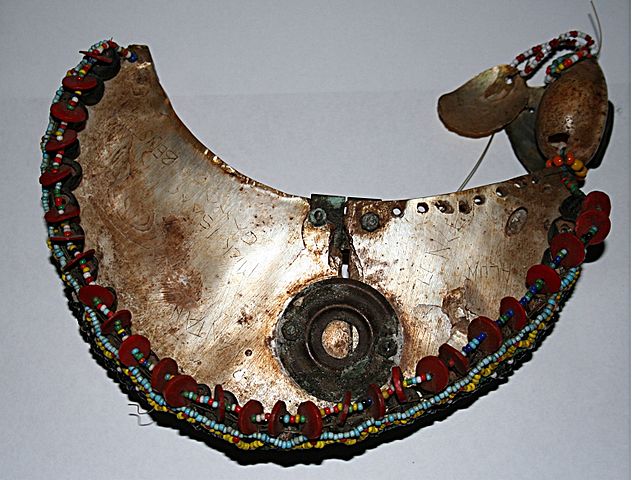The Trobriand Islands are an archipelago located in the azure waters of the Solomon Sea, part of the Pacific Ocean. They belong to the nation of Papua New Guinea, situated in its Milne Bay Province. Approximately 150 kilometers (93 miles) north of the eastern part of mainland Papua New Guinea, the islands lie close to the eastern edge of the Coral Sea.
The Trobriand Islands stand as a testament to human societies untouched by the pervasive influences of Western capitalism and global cultural amalgamation. Constituting four main islands—Kiriwina, Kaileuna, Vakuta, and Kitava, these islands, discovered in 1793 and named after their French discoverer, Denis de Trobriand, serve as a living tapestry of an age-old, steadfast culture.
The Trobriand Islanders first entered the annals of global cultural study in the early 20th century through the seminal works of Polish anthropologist Bronisław Malinowski, who spent an extended period living amongst them. From 1922 to 1935, Malinowski penned a trilogy of books that captivated audiences, most famously with the provocative title, The Sexual Lives of Savages in North-Western Melanesia.

This intriguing society, nestling in the isolation of the Pacific, follows unique cultural rules and practices that seem almost alien to the modern world. Yet, it is precisely this untouched and pure nature of the Trobriand culture that underscores its inherent value. Many of these practices have stood the test of time and the onslaught of modernity, continuing to thrive and bewitch Western anthropologists. These aspects of the Trobriand culture offer a fascinating lens through which we can examine the diverse spectrum of human societies and their adaptability.
The Islands of love
Among the distinctive cultural practices of the Trobriand Islanders, their remarkable attitude towards adolescent sexuality sets them apart, earning them the epithet “Islands of Love.” Here, adolescents are accorded unrestricted sexual autonomy from the age of 13 or 14. The islands house a specialized structure, the bukumatula, designed explicitly for romantic rendezvous of unmarried teenagers. While these sexual customs garner the most global attention, they are merely a fragment of the cultural riches of the Trobriands.
The Trobriand society’s socio-cultural framework exhibits unique characteristics that contrast sharply with the majority of global cultures. The bedrock of their social structure is the matrilineal lineage system, where women are the exclusive landowners, and the property gets inherited through the female line.
In this island civilization, an unassuming tuber, the yam, holds immense symbolic and practical value. Serving as the chief currency, yams are indicative of wealth and status for both men and women. A staple at all major life events, yams are distributed by the women of the tribe as a form of compensation to all acquaintances of the deceased at funerals.
A fascinating aspect of Trobriand culture is the correlation drawn between the prominence of yams in society and its sexual practices. The Trobrianders have an unusual perception of conception and do not directly link it to sexual intercourse, as is common in Western societies. They believe that for pregnancy to occur, a baloma or ancestral spirit needs to enter the woman’s body. The man’s role is perceived as a facilitator, providing the conduit (through sexual intercourse) for the baloma to enter. Intriguingly, recent studies propose a theory that yams, a staple in the Trobriand diet, possess contraceptive qualities, thereby reducing the probability of pregnancies, and lending further complexity to their cultural narratives.
Trobrianders and the Kula gift ritual
In the Trobriand society, while women wield the power of land ownership and steward key clan decisions, men aren’t sidelined from the sphere of wealth accumulation. Their prosperity, however, is rooted not in conventional exchanges of goods and services, but in the unique kula gift-giving ritual—a social tradition with profound economic and cultural implications.
The kula ritual is an intricate and valuable aspect of Trobriand culture, central to the establishment and perpetuation of social relationships. Men, choosing to participate, generate and sustain connections by gifting kula gifts—exquisitely adorned shells—to their male counterparts across the archipelago’s 18 islands. The ritual compels participants to undertake extensive canoe voyages across the islands, exchanging these kula valuables, thus amplifying their social reputation and prestige.
The act of presenting a kula gift cements a lifelong bond between the donor and the recipient. Seasoned participants in this ritual can elevate their fame and honor through the quality and dedication they demonstrate in their gift-giving. But the Kula gift exchange isn’t merely symbolic. Those entwined in ‘kula’ relationships bear mutual obligations. They’re expected to extend hospitality, protection, and aid during adversities, forging a strong communal bond.

In some instances, a kula gift, having journeyed through the circuit of the Trobriand Islands, finds its way back to its original giver. This circulation of gifts, powered by reciprocity and relationships, forms a unique social-economic network that characterizes the Trobriand culture.
Trobriand Islanders and cricket
The captivating aspects of Trobriand culture extend beyond its unique norms of gift-giving and youthful sexual practices; their inventive adaptability of more contemporary traditions is equally intriguing. A standout example is the indigenous interpretation of the game of cricket, which was introduced to the islanders in 1903 by a Christian missionary.
In a bid to mitigate intertribal conflicts, the missionary sought to provide a less violent platform for the tribes to express their competitive spirit. In this respect, cricket succeeded, effectively replacing kayasa, the local form of ritualized warfare. However, what transpired wasn’t a mere adoption of the sport, but its imaginative adaptation, blending it with warfare traditions to create a version that would likely astonish regular patrons of the Marylebone Cricket Club.
In the Trobriand version of cricket, the sport becomes a vibrant spectacle of culture, featuring a generous infusion of dance, chants, music, and vivid colors. Each game initiates with ritualistic entrance and exit dances by the batting team, adding a cultural flourish to the proceedings. In order to score a 6, the batsman must either strike the ball so that it’s irretrievable or clear a tree—a stark contrast to its conventional counterpart.
Moreover, the team sizes in Trobriand cricket are fluid, with no limitations on the number of participants—a stark departure from the regimented structure of traditional cricket. The rule that the home team always emerges victorious might have historical roots in preempting major conflicts arising from dissatisfaction with match outcomes.
Instead of the formalized tea breaks associated with its colonial cousin, Trobriand cricket culminates with a lavish feast—an enduring testament to the communal spirit and exuberance that characterizes the Trobriand culture. The sport, in this way, serves not merely as a game, but as a festive, collective celebration of the islanders’ cultural heritage.
Trobriand Islanders continue to challenge Western beliefs
The Trobriand Islands persist in captivating the curiosity of researchers and scholars, presenting a remarkable tableau of a rapidly vanishing world of profoundly distinct cultures. As if peering through a looking glass into a contrasting reality, the unique aspects of Trobriand culture continue to challenge and reshape the way we perceive societal norms and interactions.
Sociologists exploring the Trobriand societies have unearthed intriguing differences in how its inhabitants interpret facial expressions. This discovery disrupts previously held beliefs, suggesting that such interpretations, thought to be universally consistent across cultures, are instead nuanced and unique to each society. This pivotal finding upends a foundational presumption within sociological research, opening the field to more culturally sensitive and varied inquiries.
In an era where globalization progressively blurs the distinctions between cultures and traditions, the Trobriand Islanders hold their ground as a rare stronghold of untouched and isolated customs. The richness of their unique traditions, woven into the very fabric of their daily life, stands as a testament to their enduring cultural vigor. They bear the torch of cultural diversity, a vibrant tapestry of traditions that refuses to be subdued or assimilated by external influences, not even the quintessentially British game of cricket.


